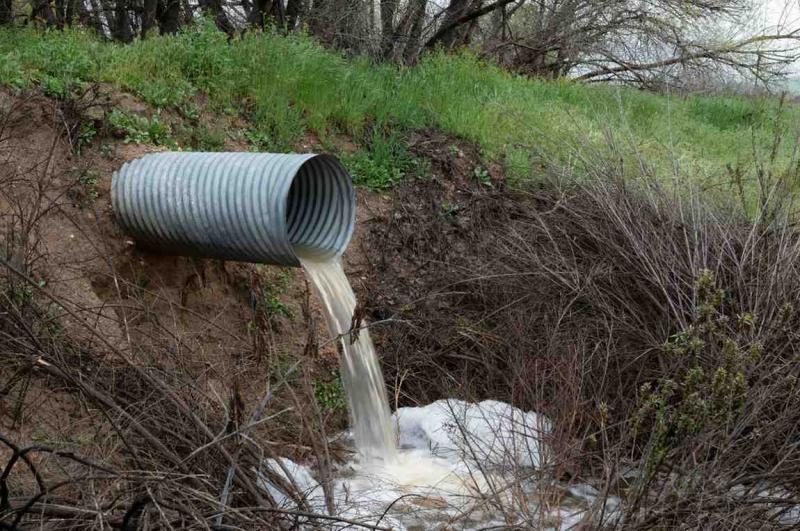Unlocking the Secrets of Effective Septic Tank Management

Septic systems are essential for managing wastewater in areas without access to municipal sewer systems. Understanding the intricacies of septic tank pumping and installation can help homeowners maintain their systems effectively and ensure proper waste management. This blog will delve into the processes involved in septic tank installation and the importance of regular pumping.
Evaluating Site Conditions
The initial step in septic tank installation is evaluating the site where the system will be placed. This assessment involves analyzing soil conditions, groundwater levels, and proximity to water sources. Soil type is particularly critical as it affects the absorption and filtration of wastewater. A thorough evaluation ensures that the chosen location is suitable for a septic system, minimizing potential future issues.
Obtaining Necessary Permits
Before any installation can occur, homeowners must secure the appropriate permits from local health departments or environmental agencies. These permits ensure that the installation complies with local regulations and environmental standards. The permitting process may require documentation of site evaluations and proposed system designs, which helps safeguard public health and protect groundwater resources.
Preparing for Installation
Once permits are obtained, preparation for installation begins. This phase includes marking the area where the septic tank will be placed and excavating the site to create a pit that accommodates the tank's size. Proper excavation is crucial as it ensures that the tank will be level and adequately supported, preventing future shifting or settling.
Installing the Septic Tank
The next step involves placing the septic tank into the excavated pit. Tanks can be made from various materials such as concrete, fiberglass, or plastic. Each material has its advantages, including durability and resistance to environmental factors. After positioning the tank, it must be leveled and backfilled with soil or gravel to secure it in place.
Connecting System Components
After installing the tank, connecting it to the home's plumbing system is essential. This process involves installing inlet and outlet pipes that transport wastewater from the home to the tank and subsequently to the drain field. Ensuring that all connections are secure and leak-free is vital for preventing contamination of surrounding soil and groundwater.
Ensuring Proper Drainage
The final phase of installation includes setting up a drain field where treated wastewater will be dispersed. Proper drainage is critical for maintaining system functionality and preventing backups or overflows. The layout of the drain field must comply with local regulations regarding spacing and depth to ensure effective wastewater treatment.
Scheduling Regular Pumping
Once a septic system is installed, regular pumping is necessary to maintain its efficiency. Homeowners should schedule pumping every three to five years, depending on usage and household size. This process removes accumulated solids from the tank, preventing clogs and ensuring that wastewater can flow freely through the system.
Maintaining System Health
In addition to regular pumping, homeowners should adopt practices that promote septic system health. This includes avoiding flushing non-biodegradable items down toilets, minimizing water usage during peak times, and being mindful of what goes into the system. Proper maintenance not only extends the life of a septic system but also protects local water sources from contamination.
In conclusion, understanding septic tank pumping and installation is vital for homeowners relying on these systems for wastewater management. By evaluating site conditions, obtaining necessary permits, preparing adequately for installation, ensuring proper connections, scheduling regular pumping, and maintaining overall system health, homeowners can enjoy a reliable septic system that functions efficiently for years to come.
Post Your Ad Here
Comments